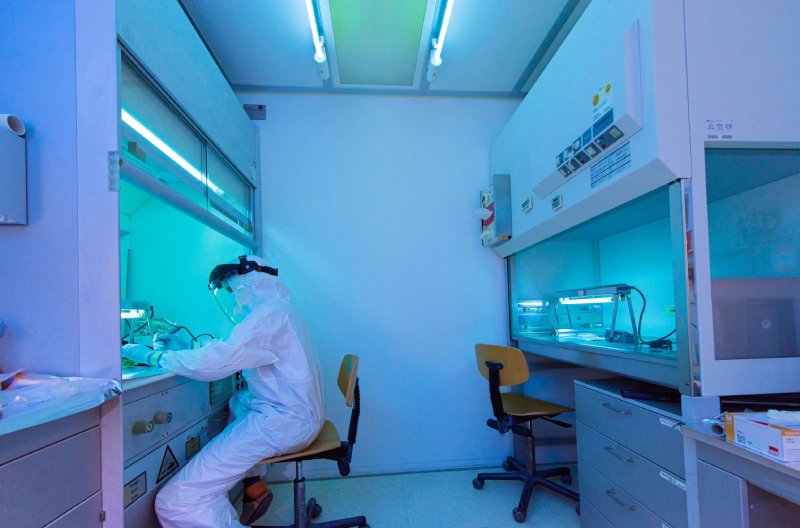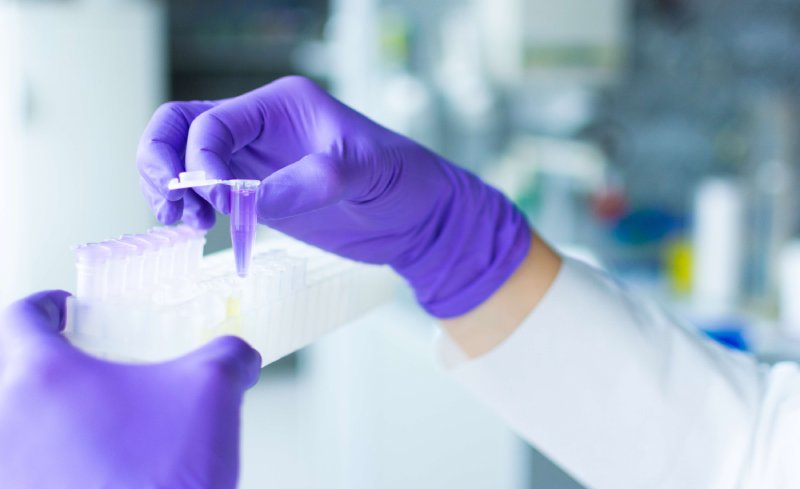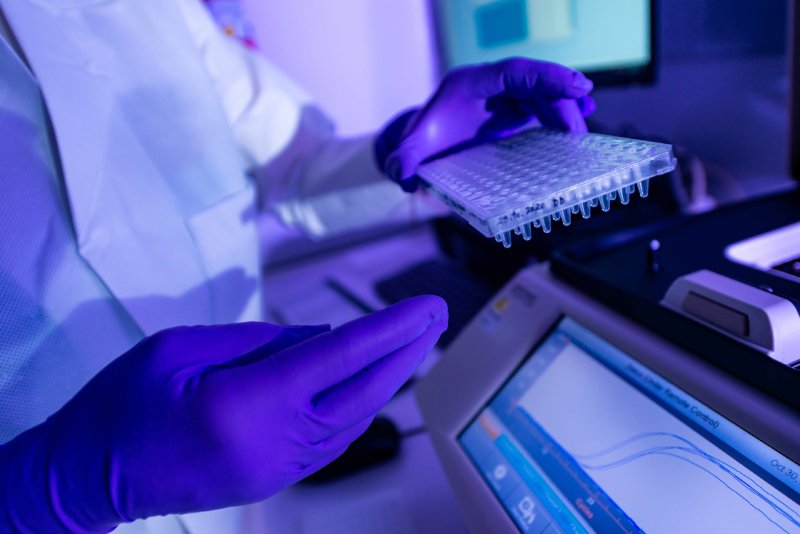Archaeogenetics
The archaeogenetic component of the interdisciplinary project at Sissi focuses on the genetic analysis of human remains, carried out at the Max Planck Institute for Evolutionary Anthropology in Leipzig, Germany, under the leadership of Philipp Stockhammer and Alissa Mittnik. By selecting teeth and petrous bones for analysis – skeletal elements known for their superior DNA preservation – the team addresses challenges posed by the warm and humid Mediterranean climate, which often negatively impacts long-term DNA survival.
State-of-the-art laboratory techniques in a clean room setting are employed alongside in silico bioinformatic methods to minimise potential contamination introduced by researchers handling the skeletal material. A targeted hybridisation capture approach, which can be described as “molecular fishing,” is used to selectively enrich human DNA fragments carrying markers that provide insights into genetic ancestry and phenotypic traits. With this method we aim to overcome the challenging DNA preservation in the region.
The genetic data obtained from individuals at Sissi will be analyzed alongside published datasets from the Bronze Age Mediterranean. This comparative analysis of a Bronze Age time transect at a single site aims to explore shifts in Crete’s population genetic landscape, such as the arrival of steppe ancestry associated with Mycenaean influence, and to investigate connections with other regions in the Aegean and beyond.
Additionally, questions of kinship are central to the study. Minoan Crete is often associated with matrilocal or matrilineal kinship systems, and the project seeks to determine whether evidence of these social structures is reflected in the genetic data. It also examines whether biological relatedness was a deciding factor for the varied burial practices found at Sissi. Finally, we investigate whether the high rates of cousin marriage observed in other Cretan and Aegean contexts (Skourtanioti et al., 2023) are present at Sissi. These findings will contribute to a deeper understanding of Minoan society and its complex social dynamics during the Bronze Age.
References:
Skourtanioti E, Ringbauer H, Gnecchi Ruscone GA, et al. Ancient DNA reveals admixture history and endogamy in the prehistoric Aegean. Nat Ecol Evol. 2023;7(2):290-303. doi:10.1038/s41559-022-01952-3


